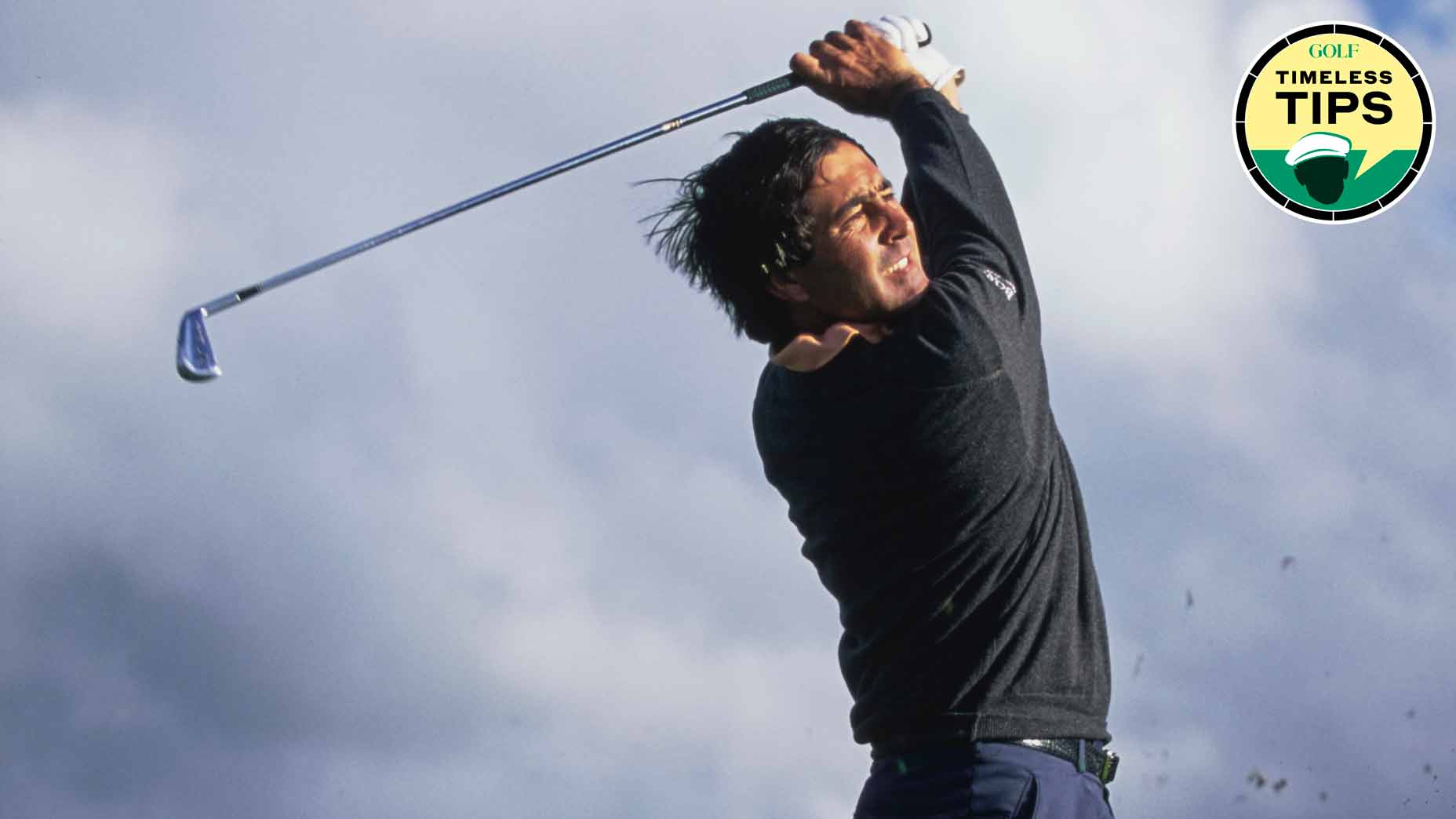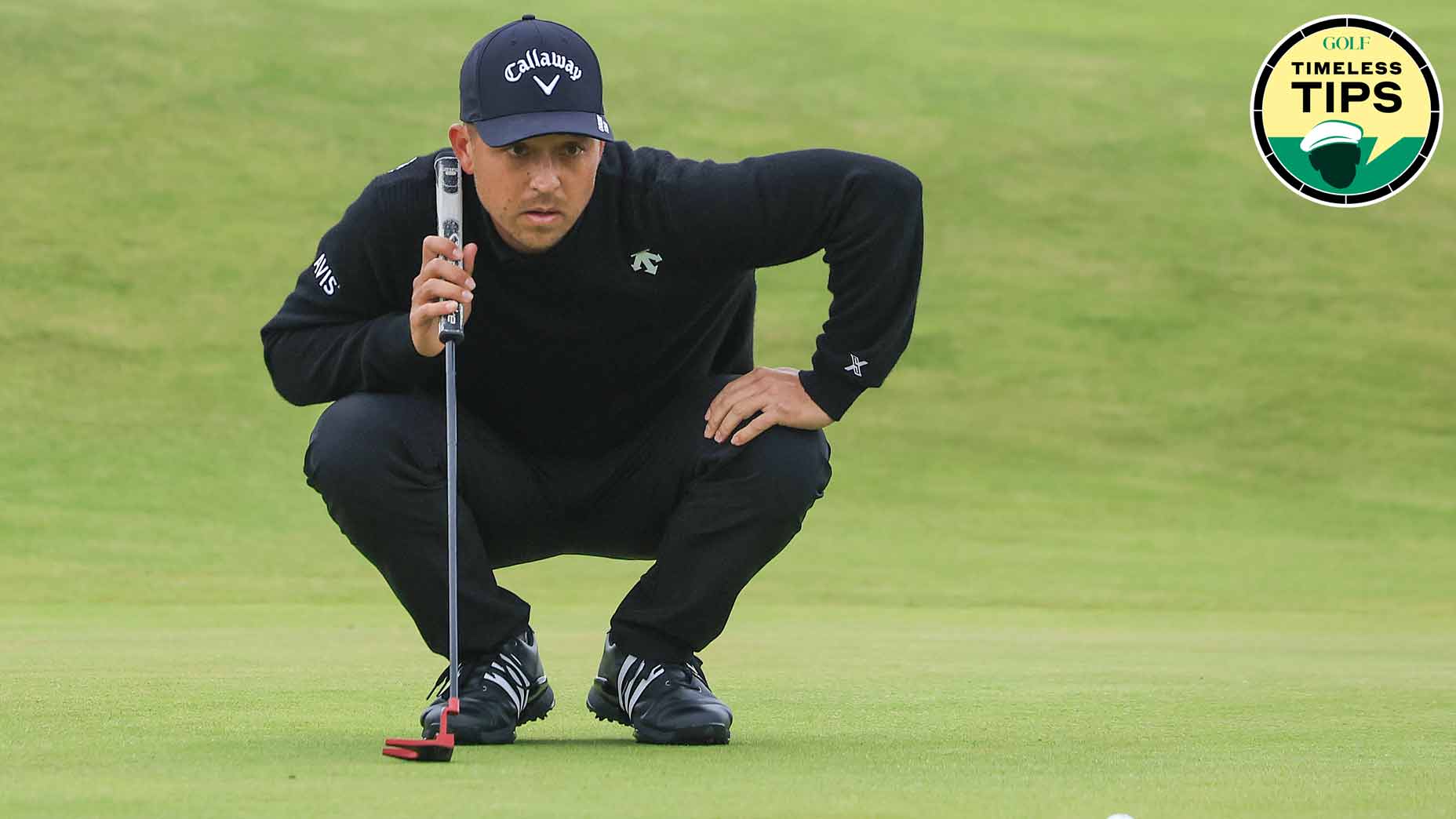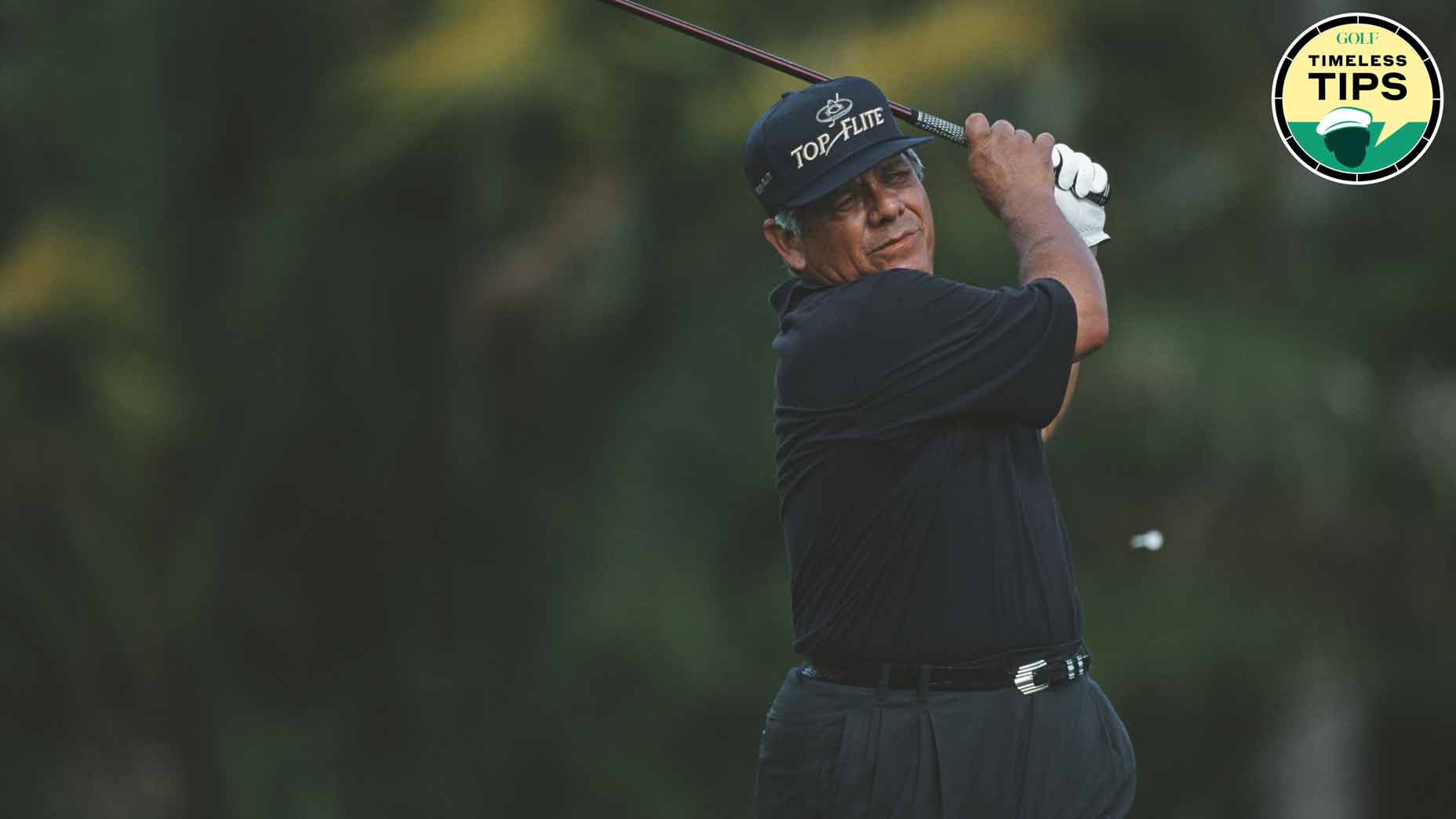Anthony Kim’s 3 tips to hit your driver straighter (and longer) than ever

If you want to hit more fairways — and give yourself more birdie chances — follow these three tips from Anthony Kim.
Getty Images
Golf instruction is ever-evolving, but the best advice stands the test of time. In GOLF.com’s new series, Timeless Tips, we’re highlighting some of the greatest advice teachers and players have dispensed in the pages of GOLF Magazine. This week, we revisit our December 2008 issue for some tips from Anthony Kim on how to hit more fairways. For unlimited access to the full GOLF Magazine digital archive, join InsideGOLF today; you’ll enjoy $140 of value for only $39.99/year.
After a decade-plus absence, Anthony Kim is officially back (we think).
Last month, GOLF’s Dylan Dethier broke the news that Kim was mulling a comeback, and over the weekend, several outlets reported he’d make his LIV Golf debut in Jeddah, Saudi Arabia, on Friday. Greg Norman even added to the speculation when he tweeted a cryptic video suggesting Kim’s return is imminent. Nothing is certain at this point, but all signs are pointing to a return of one of golf’s most mysterious talents.
Back in the 2000s, when he made headlines as a golfer rather than an enigma, Kim was hailed as one of the most promising young talents in the game. He won three times on Tour, helped Team USA to a victory in the 2008 Ryder Cup and set Augusta National ablaze with 11 birdies in one Masters round in 2009. There were few young players with as much promise as Kim.
In 2008, Kim ranked third on Tour in strokes gained, buoyed by his performance off the tee. That season, he gained .549 strokes off the tee per round, good for ninth on Tour. At the conclusion of that season, GOLF sat down with the young star to pick his brain on the keys to driving.
Anthony Kim’s keys for driving accuracy
As you can guess, the Ryder Cup was a breakthrough event for me, but I really didn’t do anything special. Regardless of whom I was playing against or the format of the match, I focused on making the same swing that got me to Valhalla in the first place — moves I beat into my muscle memory at an early age on the ranges of Southern California. I’ve always been a bit smaller than my competitors, so my swing emphasizes squeezing as many yards out of my driver as possible.
But that’s just half the story: my primary concern is accuracy — it’s not very often you make birdie from the rough. Copy my accuracy keys (and heed the advice provided by my coach, Adam Schriber) and you’ll hit drives that consistently find the fairway.
1. Choke up
The most obvious quirk in my technique is that I choke way up on the grip — about two full inches. And I choke up with every club in the bag. I started doing this out of necessity: I have a short torso and long arms, and if I took a “normal” grip I’d be too far away from the ball. Over the years, however, I noticed that the choke gave me more control — especially with the driver — and I’ve never looked back.
Since the choke automatically makes the club shorter, I sacrifice some distance. But it’s less than you think — 10 yards at the most (and I still average 300 yards off the tee). So I have to hit 7-iron into the green instead of an 8-iron. Big deal. I’d take a longer iron from the fairway than a shorter one from the rough any day. You saw the benefits of this strategy during the Ryder Cup. The guys who consistently hit fairways and greens were a ones who won points for their side. When you’re accurate, your opponent feels it.
My coach, Adam Schriber, says: “When I first started working with Anthony, he had already worked the choke into his grip, and I’ve seen no reason to change it. His smash factor (ball speed divided by clubbed speed), is excellent. You can try using it for more control on tight-driving holes, but it’s also a good way to hit in-between shots. Take three clubs onto a par 3 and adjust for distance bu choking down, not by changing clubs. It’s a great way to increase your imagination and add shots to your arsenal.”
2. Throttle back
Whenever I’m playing in a pro-am, I’m amazed at the length of most amateurs’ swings — it’s like they’ve spent three months at the John Daly School of Driving. Over-swinging is a death move for me. I can get away with swinging the club to parallel and beyond from time to time, but on Tour, time to time means a string of missed cuts.
I’m more comfortable making a three-quarter backswing, with my hands stopping at shoulder height and my club way short of parallel. I knew from an early age that I wouldn’t be able to generate power with my arms alone on account of my size, so I don’t swing them back as far. Instead, I focus on turning my upper body as much as possible and keeping my legs stable, like I’m holding my hips back. So even though my arm swing is short, I’ve built up resistance between my upper and lower body, and that’s where my swing power comes from.
Adam Schriber says: “The best backswing for you is the one that sets up your best downswing. Anthony has incredible torsional flexibility, and he takes advantage of it by resisting with his legs and turning his shoulders more than his hips. This stretches his torso muscles, a move that can be a big power source for anyone’s swing.”
3. Squat down
When you swing down from the top using only your arms, it’s easy to get off plane. The secret to swinging on plane and with power is in your legs. I start my downswing with my lower body, which pulls my arms into action. You can see how I squat from the top. I feel like I’m pushing my body into the ground, making a strong connection between my feet and the turf. As I do this, my arms fall naturally, with my left arm hanging close to my chest.
After sitting down, I turn as fast as I can through impact, using the ground as leverage and getting my weight over my left foot. It’s a burst of energy at the bottom of my swing, which is why when I lift weights I only do “explosion” exercises, not high-repetition sets. You only need to be fast through impact.
Adam Schriber says: “Anthony does an excellent job ‘using the deck,’ or interacting with the ground, to create leverage in his downswing. It’s a difficult concept to teach, but a good way to feel it is to make your backing and downswing while standing on an unstable surface, like two balance discs. You’ll learn pretty quickly how to train your lower body to use the ground for leverage, stability and power like Anthony does.”










